Discover Mullein: Your Natural Anti-Inflammatory Ally
We all have those days when we feel a little off, don’t we?
Just yesterday, I found myself in a bit of discomfort, but thanks to my trusty friend, mullein, I’m back on my feet today—no soreness and no inflammation to speak of! Isn’t nature incredible? 🌿 If you're curious about how this magical herb can enhance your well-being, read on. We’ll explore the benefits of mullein and how to incorporate it into your daily routine.
What is Mullein? 🌿
Mullein (Verbascum thapsus) is a tall plant often found in the wild. Known for its fuzzy leaves and towering flower spikes, this herb has been used for centuries due to its medicinal properties. From soothing respiratory issues to alleviating inflammation, mullein is a powerhouse of natural remedies.
Health Benefits of Mullein 🌟
1. Anti-Inflammatory Properties
Mullein is celebrated for its ability to reduce inflammation. Whether you’re dealing with muscle soreness after a long day or joint pain, incorporating mullein into your routine can help soothe discomfort and support recovery.
2. Respiratory Support
Mullein leaves are often used to make teas and tinctures that promote lung health. They can help alleviate coughs, clear mucus, and soothe irritated airways, making them an excellent choice for respiratory support.
3. Antioxidant Effects
Rich in antioxidants, mullein helps combat oxidative stress in the body. This can contribute to overall health and wellness, keeping you feeling vibrant and energetic.
How to Use Mullein 🌸
If you're wondering how to incorporate mullein into your daily routine, here are a couple of simple and effective methods:
Mullein Tea Recipe 🍵
Making mullein tea is one of the easiest ways to enjoy its benefits. Here’s how to do it:
Ingredients:
- 1-2 tablespoons dried mullein leaves
- 2 cups boiling water
- Honey or lemon (optional, for flavor)
Instructions:
- Boil Water: Start by bringing 2 cups of water to a boil.
- Steep the Leaves: Add the dried mullein leaves to a teapot or heatproof container. Pour the boiling water over the leaves.
- Let it Sit: Cover and let the tea steep for about 10-15 minutes. The longer you steep, the stronger the flavor.
- Strain and Serve: Strain the tea into a cup, discarding the leaves. Add honey or lemon if desired for extra flavor.
- Enjoy! Sip this soothing tea to help reduce inflammation and support your respiratory health.
Mullein Oil for Topical Use 🌼
For localized inflammation or pain, mullein oil is a great option. Here’s a simple recipe to make your own:
Ingredients:
- Dried mullein flowers (or leaves)
- Carrier oil (like olive oil or jojoba oil)
Instructions:
- Fill a Jar: Place dried mullein flowers or leaves in a clean glass jar, filling it about halfway.
- Add Oil: Pour your chosen carrier oil over the mullein, ensuring the plant material is fully submerged.
- Infuse: Seal the jar tightly and place it in a warm, sunny spot for 2-4 weeks. Shake it gently every few days to help the infusion process.
- Strain: After the infusion period, strain the oil into a clean bottle, discarding the plant material.
- Application: Use the mullein oil topically to relieve sore muscles or inflammation by gently massaging it into the affected area.
Conclusion 🎉
Mullein is more than just a pretty plant; it’s a versatile herb that can enhance your health and well-being. Whether you’re sipping a warm cup of mullein tea or applying mullein oil to relieve inflammation, this herb is sure to become a staple in your natural remedy toolkit.
FAQs ❓
1. Is mullein safe for everyone?
Mullein is generally considered safe for most people, but if you have specific health concerns or are pregnant, it’s always best to consult with a healthcare professional before use.
2. Can I use fresh mullein leaves instead of dried?
Yes, you can use fresh leaves, but ensure they are properly washed and prepared. Dried leaves are often more concentrated in their properties.
3. How often can I consume mullein tea?
You can enjoy mullein tea 1-3 times daily, depending on your needs. Always listen to your body and adjust accordingly.
Read Next: Preserving Freshness: The Ultimate Guide to Canning Bread




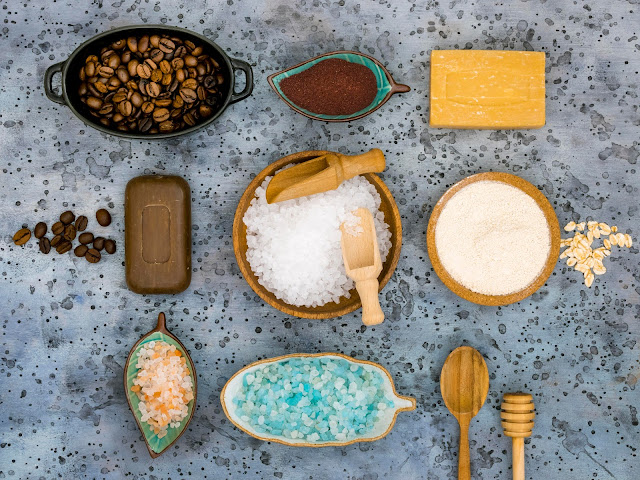

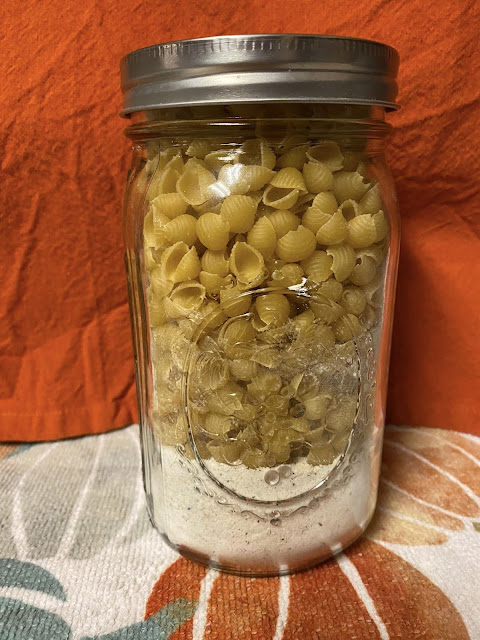




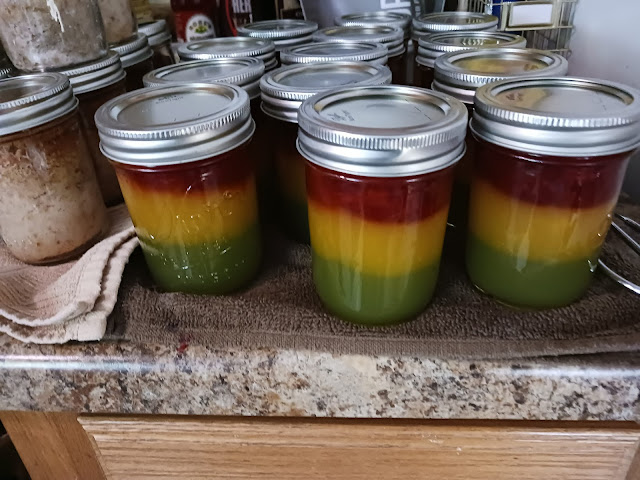

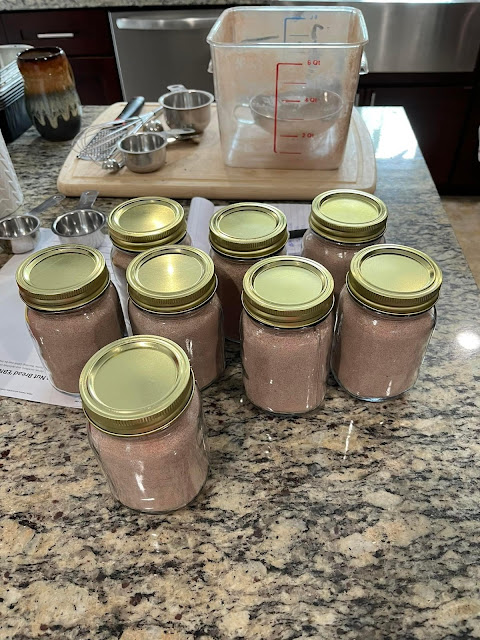
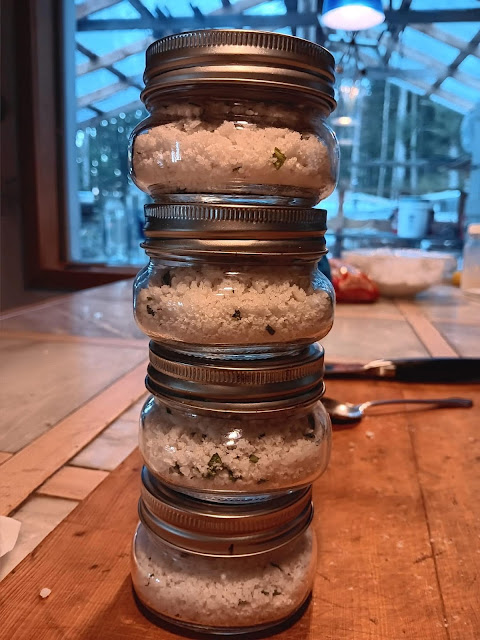
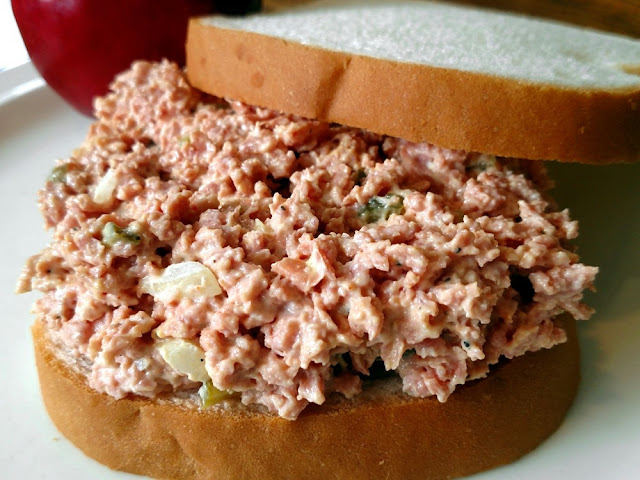
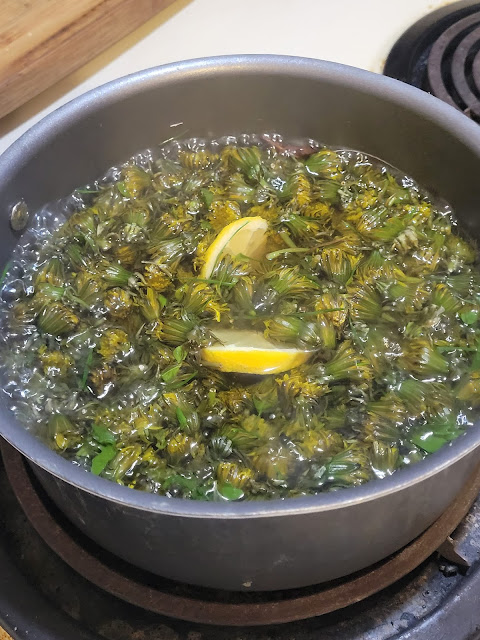



Comments